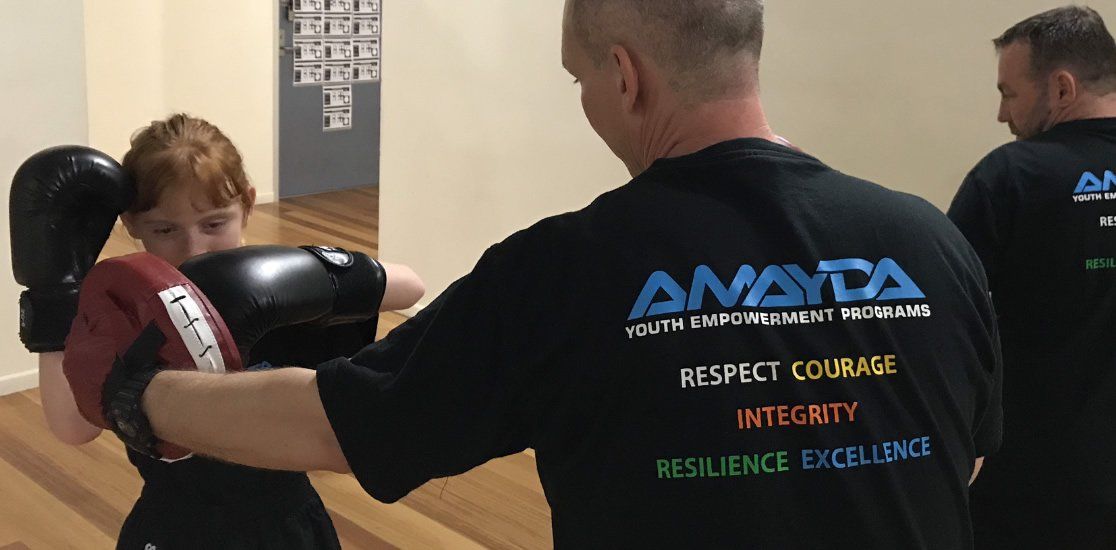Blog Layout
Cyber Mobbing
Mar 24, 2021
As we all know in our modern age of technology that serious negatives has come alongside of our tech advancements. One of those negatives is cyberbullying. It’s officially defined as the use of electronic communication to bully a person, typically by sending messages of an intimidating or threatening nature, also it can get even worse than this with kids telling other kids to kill themselves. With so many kids and teens online these days, it can become easy for them to be a target of cyberbullying because we have social platforms that are hard to monitor like snapchat for example!
However, as nasty as cyberbullying can be, it can morph into something worse: a phenomenon labelled “cyber-mobbing”.
What is Cyber-Mobbing? More info about bullying here.
Cyber-mobbing is similar to cyberbullying except that it generally involves more than one person or online-aggressor. Cyber-mobbing is defined as a group of people ganging up on someone using tactics of rumour, innuendo, discrediting, isolating, intimidating, and above all, making it look as if the targeted person is responsible (victim blaming).
Cyber-mobbing can be particularly distressing as it can make the victim feel as though everyone is against them and there’s nowhere to turn. This is partially because it’s difficult to tell who is instigating the attacks – the “ringleader” can sometimes be hidden behind the actions of multiple other people, leaving the victim unable to defend themselves from the lead bully.
Cyber-mobbing does happen and it’s serious.
We already know that the statistics in Australia show that 1 in 4 kids get bullied during their school years. The worst case found online of Cyber-mobbing was one of the most tragic examples of how cyber-mobbing can escalate is the death of 12 year old Rebecca Sedwick who was ganged up on, online, by approximately 15 other girls, according to authorities. It’s believed that because of this intense cyberbullying and cyber-mobbing, she jumped to her death in early 2013.
Cyberbullying and cyber-mobbing can be just as damaging as “regular” bullying like rumours or physical abuse. That’s why we encourage parents of kids and teens to open their eyes to this kind of behaviour online and to understand how to help their kids if they should become the victims of it.
So, parents what can you do to protect your child against this?
The first thing parents should do is open up a dialogue about bullying – whether online or at school, or anywhere else. It’s important to know what is going on in your child’s life.
Here are some important key tips to help you communicate with your child
Talk! Communication is key. Learn all you can about social media and your teen’s online and offline life.
Ask kids and teens questions, such as:
I’ve been reading a lot about cyber-mobbing/cyberbullying.
Does cyberbullying happen a lot? Do you know anyone it’s happening to?
Would you feel comfortable telling me if you were being cyberbullied?
Do you feel like your friends would be supportive of you if you told them you were being cyberbullied?
Have you ever had to delete a post or comment on your page that was written by someone else?
I love you and am here for you if you need me.
Watch our video on YouTube
If you discover that your teen is dealing with cyberbullying or cyber-mobbing, here are some tips to help them.
Never respond to online harassment. Instead: Block and delete the post.
If you are being threatened in anyway, gather and save evidence.
Take all the evidence to your parents, your school, or any other appropriate party, so your parents can contact ISP and/or law enforcement.
And most importantly, leave the situation. Remind your child and teen that no one has the right to hurt, harass, or cyberbully them.
In Conclusion
Bullying in Australia is everyone’s problem and everyone can help be the solution to stop it. Standing together to lift people up and help people get through bullying situations is imperative. At Amayda we provide children the training and understanding around bullying that will change the culture around bullying forever.
Amayda is committed to get our programs in every school in Australia because we train and mentor these kids to have the tools to handle this conflict situation.
If you need to report a school that has an issue with bullying you can report it anonymously here and we can respond
24 Mar, 2021
Anti-bullying policies and interventions are the main approach addressing bullying behaviours in Australian schools. However, the evidence supporting these approaches is inconsistent and its theoretical underpinning may be problematic. The current study examined the effects of a martial arts based psycho-social intervention on participants’ ratings of resilience and self-efficacy, delivered as a randomised controlled trial to 283 secondary school students. Results found a consistent pattern for strengths-based wellbeing outcomes. All measures relating to resilience and self-efficacy improved for the intervention group, whereas results declined for the control group. These findings suggest that a martial arts based psycho-social intervention may be an efficacious method of improving wellbeing outcomes including resilience and self-efficacy. The study proposes utilising alternatives to the anti-bullying approach and that interventions should be aimed towards helping individuals develop strengths and cope more effectively, which has specific relevance to bullying and more generalised importance to positive mental health. source: Brian Moore,* Stuart Woodcock, and Dean Dudley More on this piece here


